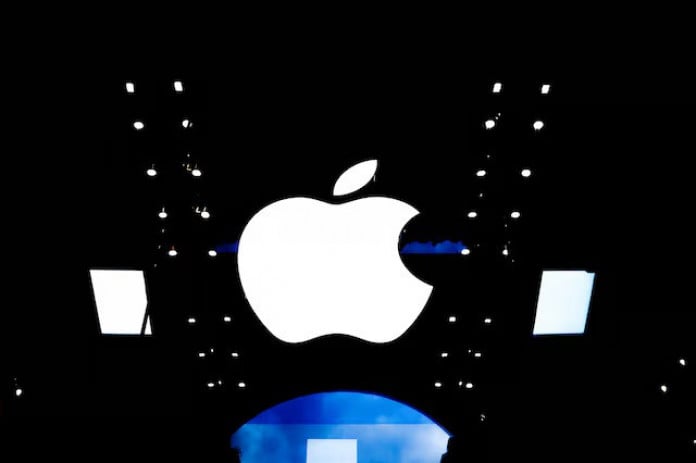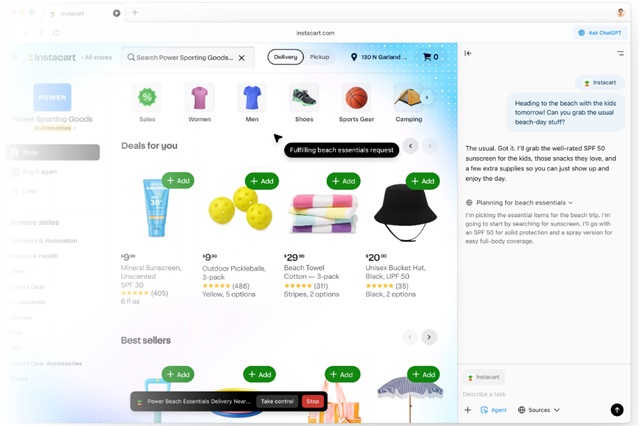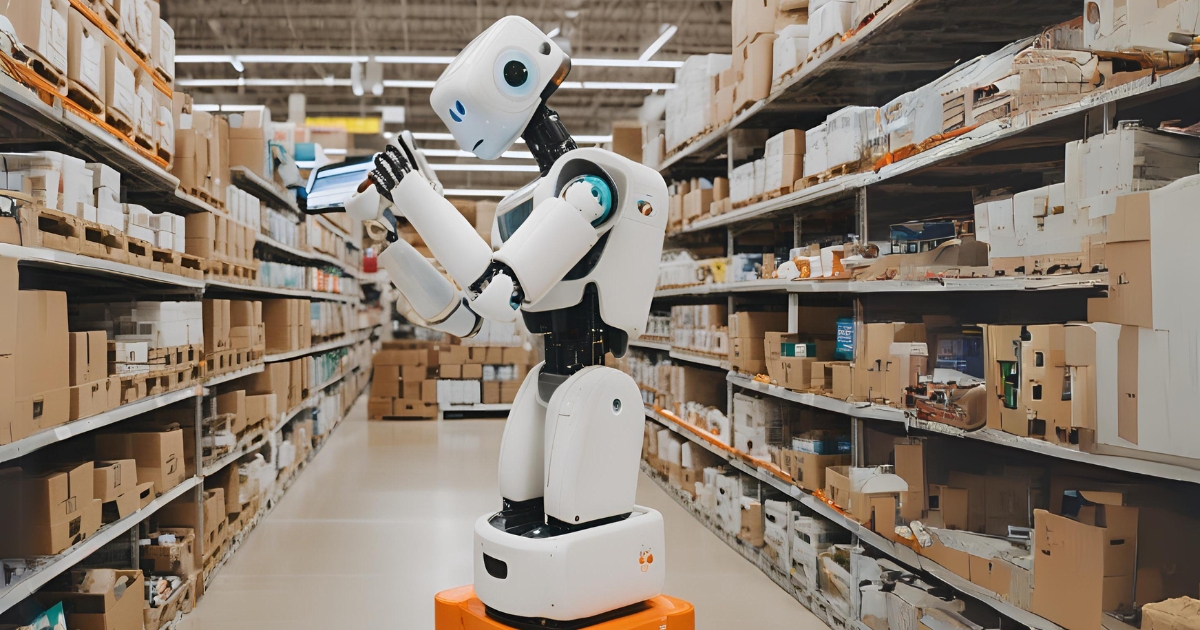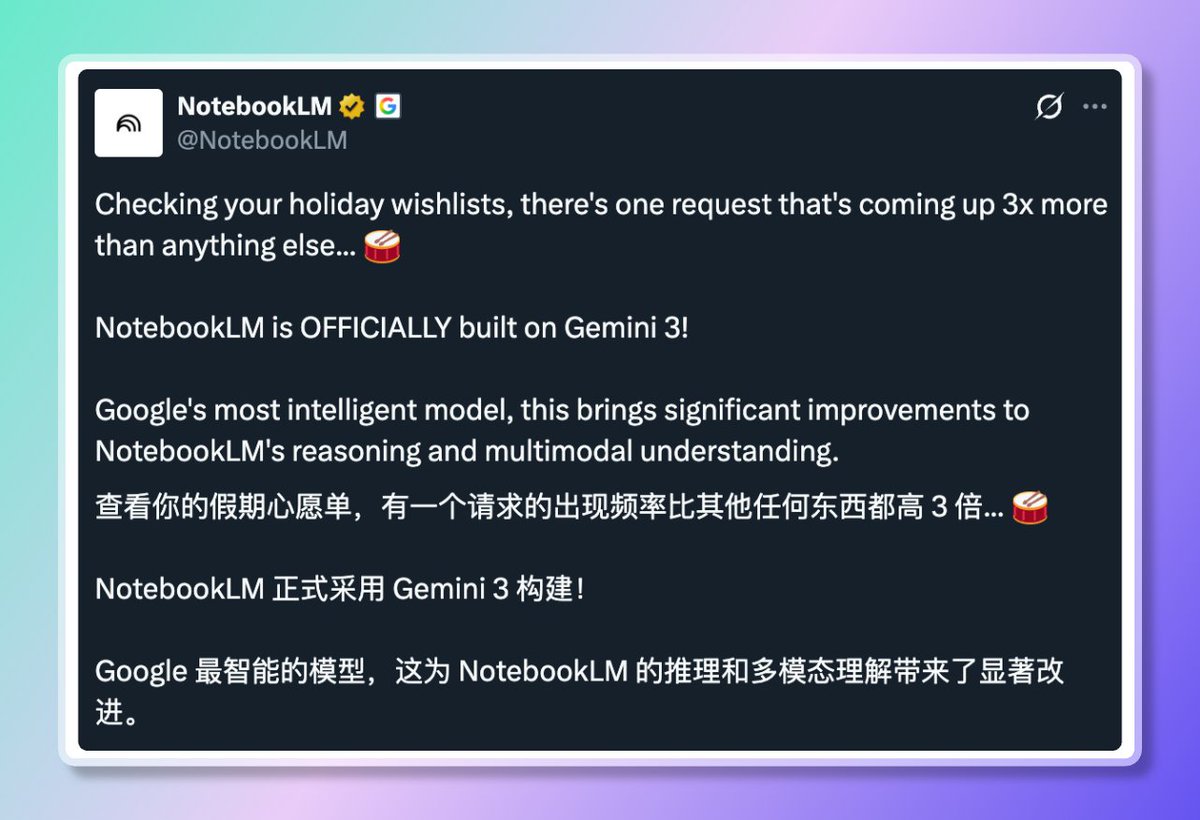Google Pixel Buds A-Series earbuds had plenty to offer, yet they lacked several significant features — such as noise cancellation. Now, Google returns with a revamped version known as the Pixel Buds 2a, which operate on Google’s Tensor A1 chip, bringing new functionalities to the earbuds, including ANC.
The Pixel Buds 2a are undoubtedly designed for Android users who desire seamless integration with Google’s ecosystem. However, they also encounter stiff competition from brands like Anker’s Soundcore, OnePlus, and Nothing. Are they worth the investment? Having used these earbuds for some time, I can attest that they perform remarkably well for their price, although some trade-offs may be more significant for you than for others.











